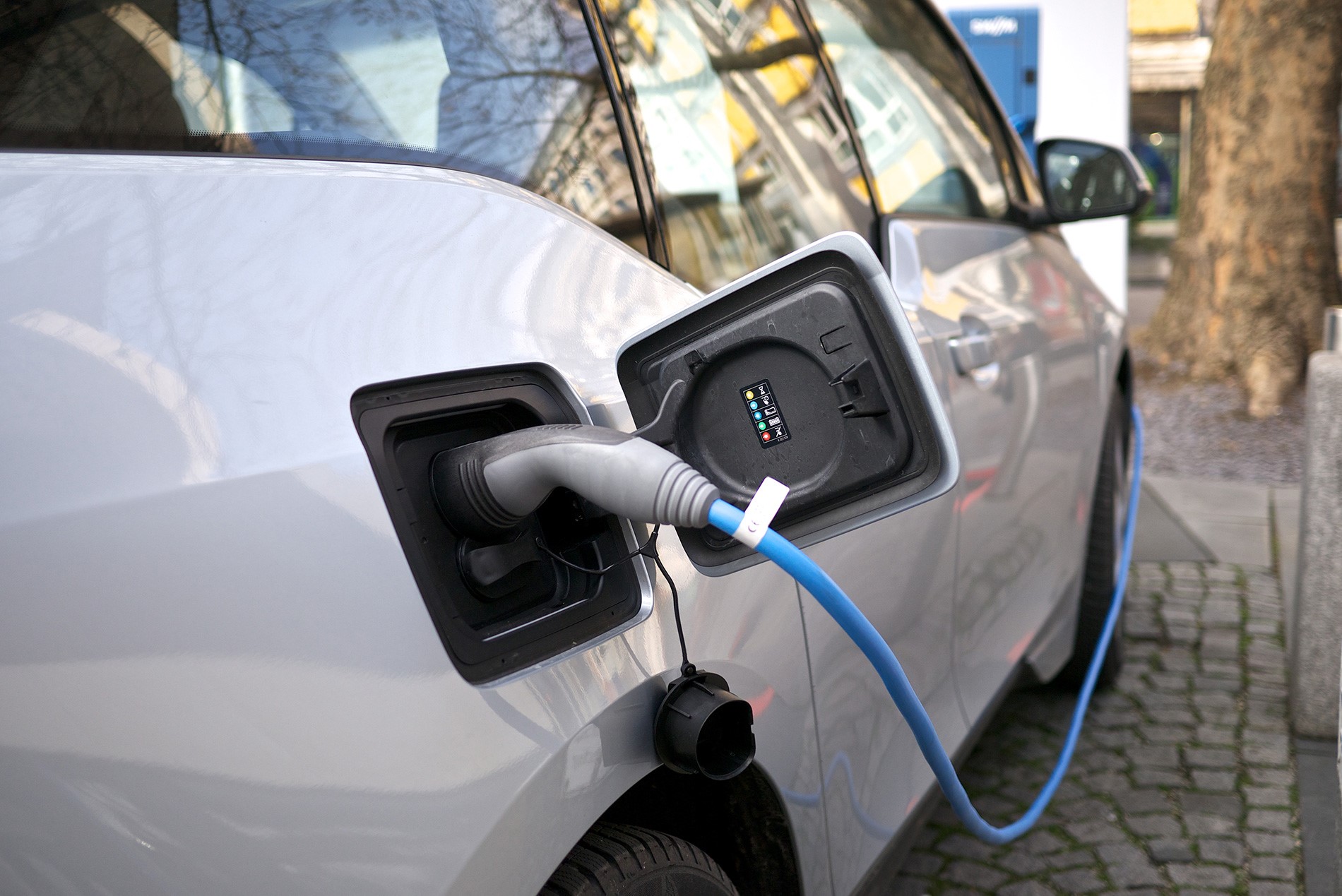
A recent analysis by Bloomberg New Energy Finance (BNEF) suggests that plunging battery costs will lead to electric vehicles becoming cheaper than conventional cars by 2022.
At the present, EV’s continue to lag behind their gas combustion counterparts, currently accounting for merely 1% of new car sales, despite being seen by many as paramount in reducing the carbon emissions that drive climate change and air pollution. Efforts to spur demand through tax subsidies and environmental awareness have proven unsuccessful.
But last week’s BNEF report forecasts the trend will reverse sooner than expected; by 2022, the total cost of battery-only car ownership, that is the combined purchase price and running cost, will drop below that of the conventional car by 2022, regardless of whether combustion engines improve their fuel efficiency by 3.5% a year.
Salim Morsy, the senior analyst at BNEF, said: “In the next few years, the cost-of-ownership advantage will continue to lie with conventional cars, and we, therefore don’t expect EVs to exceed 5% of sales in most markets – except where subsidies make up the difference. However, that cost comparison is set to change radically in the 2020s.”
Lead BNEF analyst Colin McKerracher reaffirms this position, adding “At the core of this forecast is the work we have done on EV battery prices. Lithium-ion battery costs have already dropped by 65% since 2010, reaching $350 per kWh in 2015. We expect EV battery costs to be well below $120 per kWh by 2030, and to fall further after that as new chemistries come in.”
According to the report, 35% of the 41 million global car sales will be EVs in 2040, making up approximately a quarter of all new vehicles on the road. Moreover, new EV sales may reach as high as 50% by 2040 if oil prices rise and the cars are adopted by ride-sharing initiatives like Uber and Lyft.
It’s projected that this will reduce oil consumption by 14% while raising that of electricity by 8%, a move which may seem beneficial on the surface, but negligible in the long run when considering that electricity is still largely produced by burning fossil fuels.
The issue then becomes, how do we generate enough alternative energy to offset the demand for additional electricity? So long as carbon continues to be released, we’re not making any headway. Another question that’ll need answering is what do we do with the growing pile of un-recycled lithium ion batteries?
Note: the BNEF analysis uses the US government’s projected oil price of $50-$70 a barrel in the 2020s. If the price is $20, the tipping point is pushed back by between three and nine years
Source: The Guardian
Advertisement
Learn more about Electronic Products Magazine





